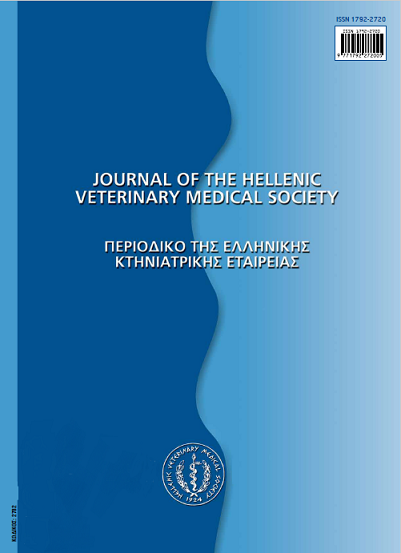Developing an Antiviral Drug Screening System for Anti-Bovine Viral Diarrhea Virus (BVDV) Therapies

Abstract
Bovine viral diarrhea virus (BVDV) is an economically important animal pathogen affecting cattle. Despite the use of vaccination, test and slaughter practices, BVD remains a serious problem of cattle breeding. This study was conducted in order to develop a cell line that expresses some of BVDV sub-replicons. BVDV-NADL NS3 and 5’UTR were cloned in pWPI-linker B lentiviral plasmid at the upstream of EGFP gene. Consequently, lentiviral vectors containing BVDV-NS3 and BVDV-5’UTR were produced by using the second-generation lentiviral packaging system. By these lentivectors, MDBK cells expressing BVDV-5’UTR and BVDV-NS3 partial fragments were prepared. The efficiency of the infection was evaluated by fluorescence microscopy, western blotting, and RT-PCR. The results indicated that the development of MDBK cell line expressing these transgenes provides a very sensitive antiviral drug screening system for anti-bovine viral diarrhea virus (BVDV) therapies.
Article Details
- How to Cite
-
Mokhtari, A., Mahzounieh, M., Madadgar, O., & Ghalyanchi Langeroudi2, A. (2019). Developing an Antiviral Drug Screening System for Anti-Bovine Viral Diarrhea Virus (BVDV) Therapies. Journal of the Hellenic Veterinary Medical Society, 69(4), 1255–1264. https://doi.org/10.12681/jhvms.19615
- Issue
- Vol. 69 No. 4 (2018)
- Section
- Research Articles

This work is licensed under a Creative Commons Attribution-NonCommercial 4.0 International License.
Authors who publish with this journal agree to the following terms:
· Authors retain copyright and grant the journal right of first publication with the work simultaneously licensed under a Creative Commons Attribution Non-Commercial License that allows others to share the work with an acknowledgement of the work's authorship and initial publication in this journal.
· Authors are able to enter into separate, additional contractual arrangements for the non-exclusive distribution of the journal's published version of the work (e.g. post it to an institutional repository or publish it in a book), with an acknowledgement of its initial publication in this journal.
· Authors are permitted and encouraged to post their work online (preferably in institutional repositories or on their website) prior to and during the submission process, as it can lead to productive exchanges, as well as earlier and greater citation of published work.



